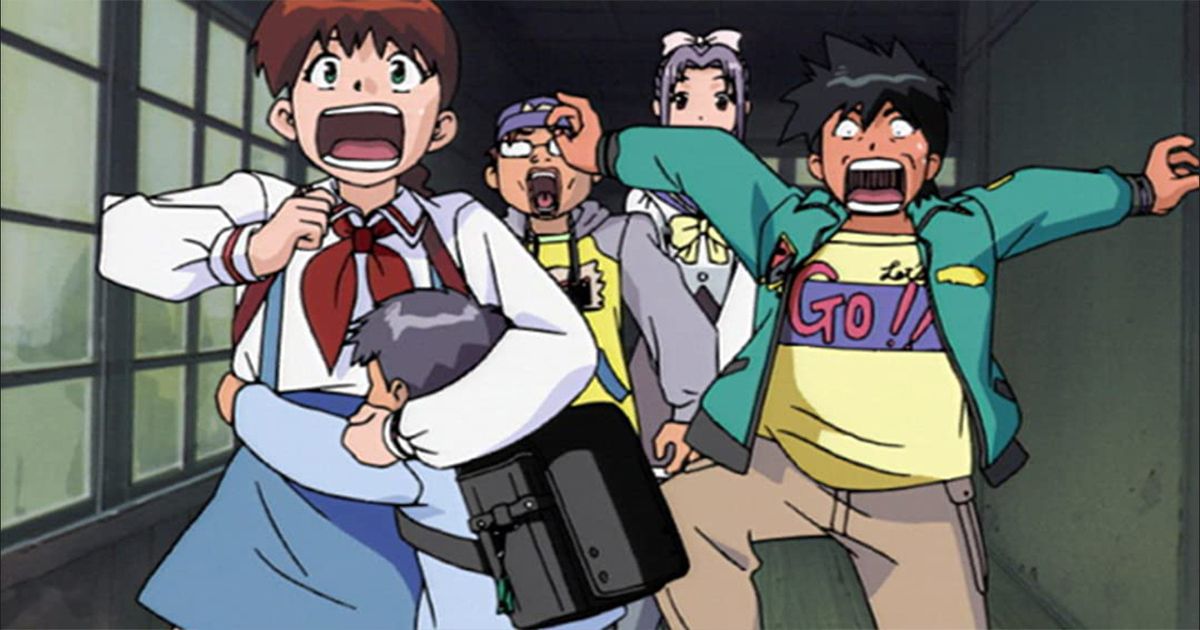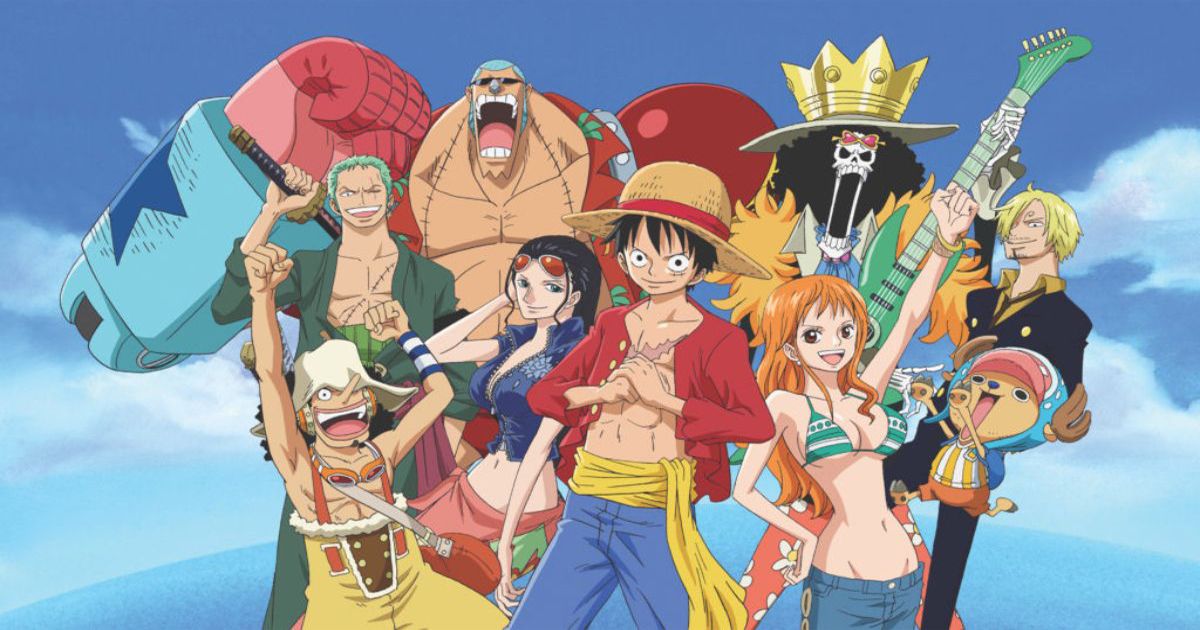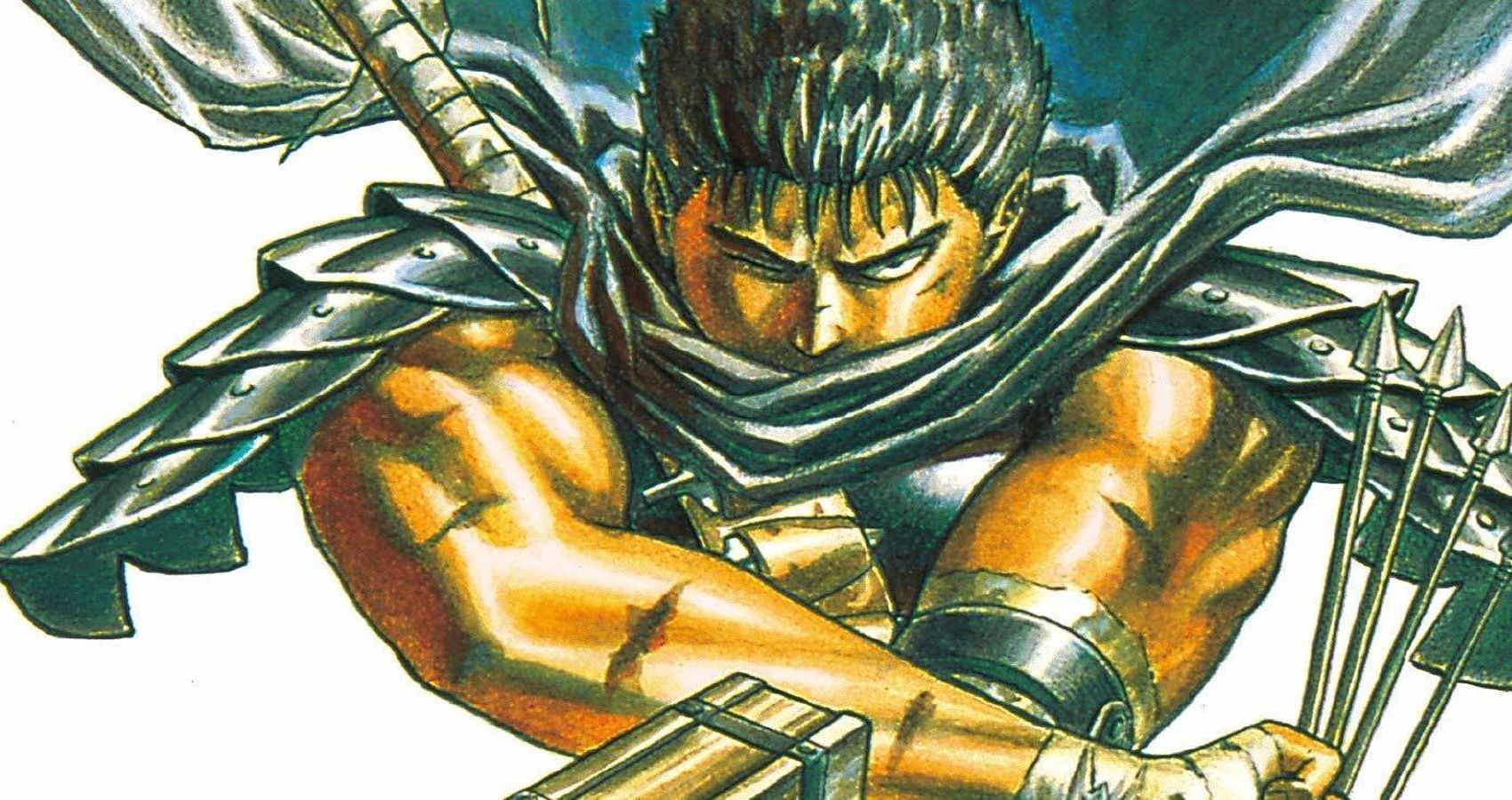The word “anime” is little more than a shortening of the word “animation” but specifically refers to a particular type of animation style from Japan. Shows like Dragonball Z, Fullmetal Alchemist, Cowboy Bebop, and Lucky Star have all had a hand in showing the wider world how unique, creative, and ultimately fun to watch most anime can be. So much so that most, if not all, of the most popular animated shows to come out in the past ten years or so have been animes.
Even United States-based entertainment titans Marvel and DC Comics struggle to compete with the popularity of anime and manga. Recent studies have shown that manga sales are so much higher in the United States than American comic book sales that they aren't even worth comparing. Naturally, for something so well known and with the potential to turn so much profit, there is talk of live-action adaptations.
However, live-action adaptations of animes are nothing new. Many have seen quite a degree of success, such as the recent live-action adaptations of Rurouni Kenshin starring Japanese actor Takeru Satoh. Rurouni Kenshin, however, is hardly the only anime to see a live-action adaptation, and if one were to look hard enough, one would find many of varying qualities. Most live-action adaptations of animes are made by Japanese studios, which makes sense given that these shows originally come from Japan, so there is a higher market for it over there than there would be worldwide. Something that has yet to happen, to any significant degree, is for Hollywood to step up and declare that they are going to make a big-budget, glossy, ultra-serious adaptation of an anime with American (or at least mostly non-Japanese) actors.
While there was hardly ever a need for anyone in Hollywood to consider doing something like this before, with the changing times and the rise in popularity of anime and manga worldwide, it will only be a matter of time before someone gets the idea to try it.
Anime Is an Art Form
The first inevitable hurdle that one will need to figure out how to jump when attempting to adapt an anime into live-action is how to adapt characters from an animated medium into a live-action one. While this may not sound hard on its own, when it comes to adapting animes, it may potentially be the most challenging hurdle to jump once the people attempting it see for themselves exactly what the characters in question look like. These characters still need to be adapted accurately if there is to be any hope of putting fans in seats on opening weekend. Like any animated medium, while what an individual character looks like can be blamed on the hand of the individual artist that originally came up with and drew that character, characters in anime and manga are not exactly known for possessing realistic body proportions, especially the female characters.
This cannot be ignored, and any filmmaker who wishes to attempt to adapt an anime into a live-action adaptation cannot afford to ignore it either, especially if they want their work to be taken seriously. Female characters in anime and manga have a long history of being overly sexualized, often to a ridiculous degree. One of the best and most popular examples of this is the character Nami from the legendary anime One Piece. All one needs to do is look at her picture to understand why this is an issue.
While this has been toned back in recent years as more and more people have brought attention to it, there are no signs that this trend is winding down. As the saying goes, “sex sells,” and nowhere can this be more clearly seen than in anime and manga. This cannot be ignored for an adaptation, but because it is also the reason that anime and manga sell so well in the first place, how anyone in Hollywood chooses to deal with this issue will ultimately prove to be the most telling thing about them.
Lost in Translation
Being from Japan, one would not be surprised to learn that most, if not all, anime and manga are written in Japanese first. This is not surprising, as one will always be the most comfortable writing in their own native language. If their native language is Japanese, then it should not surprise anyone that said anime or manga would be presented in Japanese first before eventually being dubbed into English. Unfortunately for English-speaking anime fans, however, the transition from Japanese to English has never been a seamless one. There are quite a few words in Japanese that have no direct English translation at all.
This has led to some rather dismal but unintentionally hilarious lines that characters sometimes say, such as the infamous “People die if they are killed” line from the anime Fate/Stay Night. Again, this has become less of an issue with time, but that does not mean that anyone attempting to adapt something originally written in Japanese into English can ignore it. Bad translations have been known to destroy animes in the past, and fate can very easily repeat itself.



